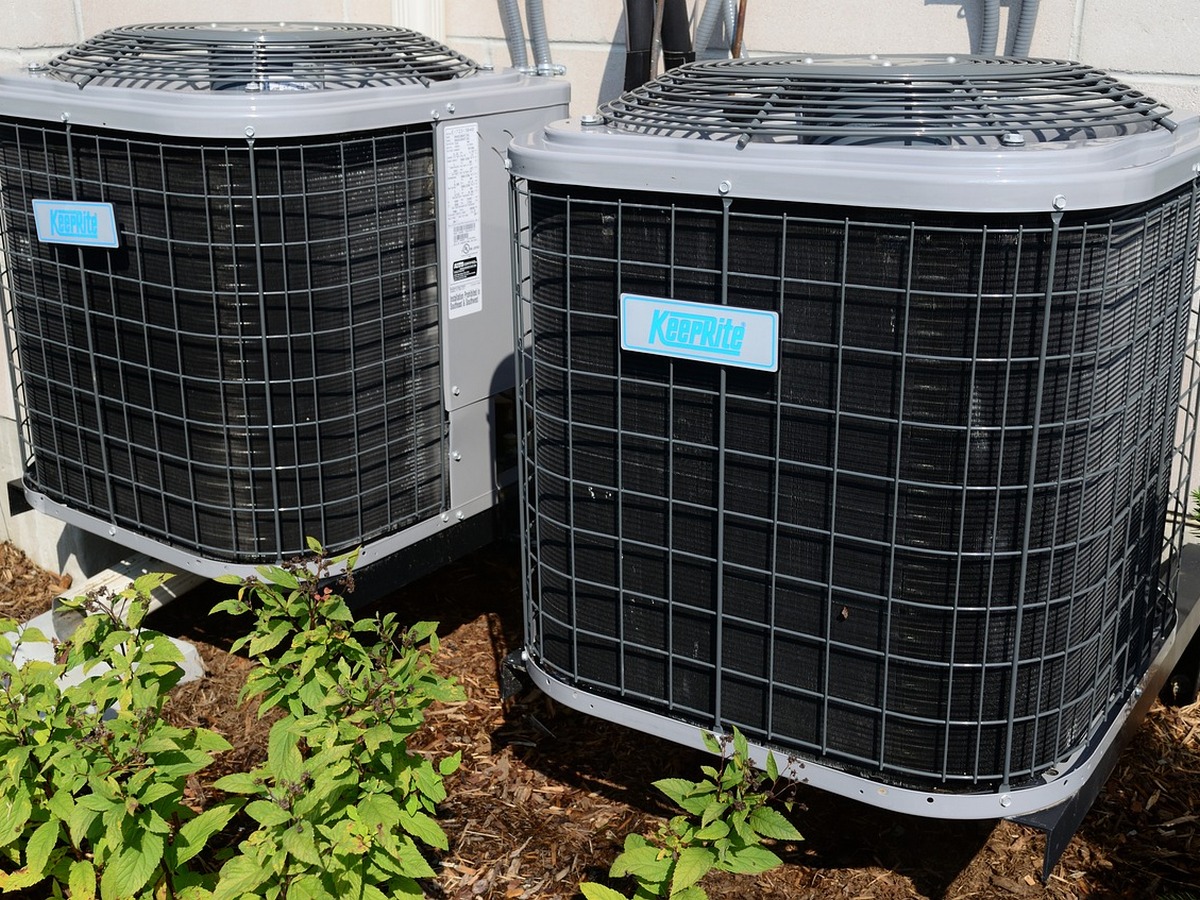“Adapting the sector to climate change will be critical; effective planning and implementation of adaptation measures at various levels is critical,” Dr. Kurnick noted.
However, farmers have already begun to adapt themselves and are learning how to benefit from global warming. In Sicily, plantations of tropical fruits such as mangoes, papayas and lychees have blended seamlessly into the local landscape. According to one study, 64.7 percent of farmers in Spain have already switched to new farming conditions, especially in terms of water use. “They are investing in more efficient irrigation systems, moving from continuous irrigation to spot irrigation when really needed,” Dr. Ruiz Ramos noted. – Spanish farmers have also changed the timing of planting and switched to new varieties of crops whose life cycles are better suited to the weather conditions, as well as using fertilizer more efficiently,” she added.
The availability of climate data is critical to adapting agriculture in Europe to weather and climate anomalies. The Copernicus Climate Change Monitoring Service (C3S) has launched several projects to adapt existing models and climate data to help farmers better respond to climate change. The main goal is to provide data to help farmers make the right decisions, in near-real time. “Food security is a global issue, and the impact of climate on agriculture cannot be limited to one country or region,” explained C3S Director Carlo Buontempo. – “We provide data that can be used in modeling crop formation processes, as well as a number of indicators important to the industry. These include current and historical data, as well as statistics and indicators related to climate change, future crop yields, water levels and water quality.
The number of cases of successful adaptation to climate change using climate data is steadily increasing. In Castiglione, a region of Italy, the consulting company GECOsistema used C3S information to help land and water authorities plan sustainable irrigation strategies. Based on climate scenarios for 2020, 2050, and 2080, they analyzed the impact of the region’s water availability on yields of six crops, including kiwis, peaches, and grains.
In Tuscany, the Agricultural Climate Impact Assessment Consulting Service used C3S climate projections to estimate the damage that pests could cause to olive trees in a changing climate. The analysis showed that warm winters create favorable conditions for insects and a threat to the olive crop. This information will help farmers develop more effective insect control strategies.
One of Portugal’s leading port producers is testing a climate application that will help increase the resilience of vineyards to climate change. The Integrated Vineyard Climate Application (VISCA), developed as part of a European initiative, consolidates climate and agricultural data as well as farm-specific information to make crop planning in a changing climate more effective. One method used today is “aggressive cultivation,” which shifts the timing of ripening from the hot summer months to the cooler fall months by additional pruning and slowing the ripening of the grapes.
Transferring climate data to small farms is not an easy task either. A pilot adaptation project in Kenya aims to solve it. “We are transforming climate data to meet the needs of farmers and extension agents,” said Dr. Hasse Goosen, director of the Climate Adaptation Service. “We have transformed the C3S data and developed yield indicators and methodological explanations supported by maps to show how and where [climate change] will affect different types of crops throughout the climate season.” This project also provides a tool to create maps that take into account some of the variables that affect crop yields.
